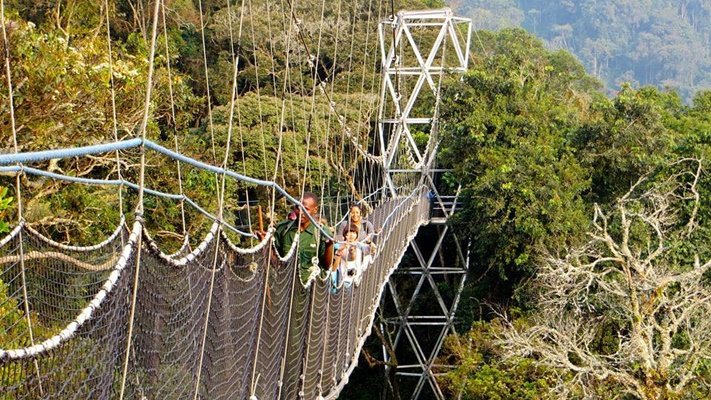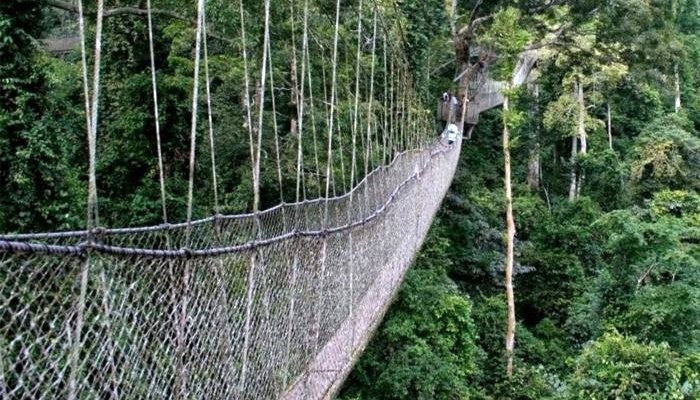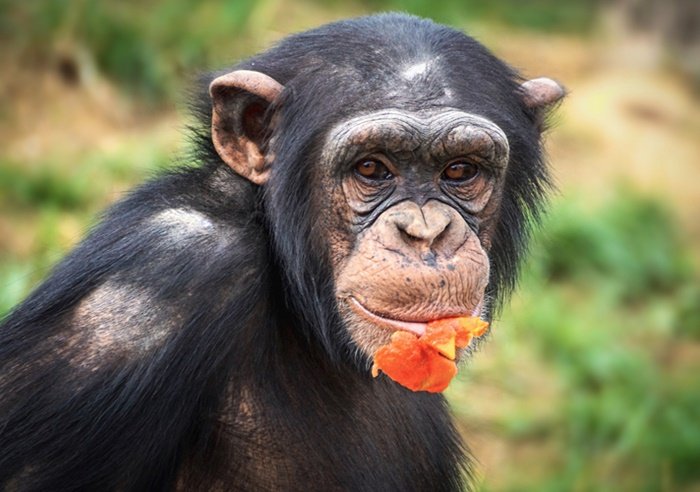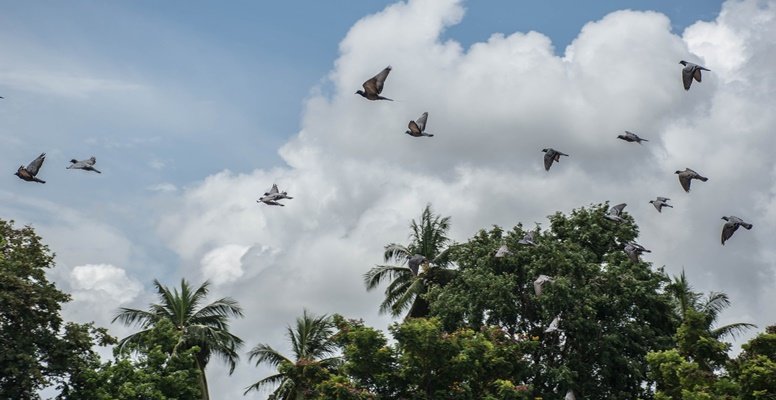
Nyungwe Forest National Park was established as a national park in 2004. This happened at a time when Rwanda was on the list of top ten tourist destinations according to Lonely Planet ratings. The country was also decidedly looking to expand its tourism sector and determined to grow tourist numbers at the time.
Nyungwe is an important water catchment for Rwanda and contains many natural resources that are quite useful to the Rwandan people. The beautiful green forest is also quite important to two of Africa’s great rivers. Rain that falls on the east side feeds the Nile and on the west runs to the Congo. It is a nature at its very best, it is lush and beautifully green, often seen with cooling mists in the early mornings and late evening.

Nyungwe National Park lies in south-west corner of Rwanda, at the border with Burundi to the south and Lake Kivu and the Democratic Republic of Congo to the west. It is an untouched natural rain forest that is filled with exciting biodiversity
Nyungwe forest is probably the most preserved forest in Africa. Some say it is the most important site for biodiversity in Rwanda. and covers an area of approximately 970 km2 of rain forest, bamboo, grassland, swamps, and bogs. It is home to over 1000 species of creation after all. This national park is also the largest tropical afro Montane rainforest east or central Africa and a rainforest it is and receives over 2000mm of rain each year and its Rwanda’s largest water catchment area.
Things To Do

Nyungwe Forest Canopy walk way
One of its exciting attractions besides all the animals and birds and trees, is the 60m high, 90metre long canopy walk. This is a thrilling experience for many and this canopy walk is the only one of its kind in East Africa. This canopy walk is also the first tree top forest canopy walk in East Africa and the third in all Africa. this walk is also an activity not to be missed in Rwanda. In case you are coming to Rwanda to trek the mountain gorillas, you can add on some days and include Nyungwe forest and enjoy the canopy walk as part of your safari itinerary.
This canopy walk is also 60 meters above the ground and this can also be dizzying heights for some people, you will see the monkeys move around in the tree tops, the birds that are flying above you and below you and a beautiful view of the huge Nyungwe forest. It’s also an amazing sight.
Chimpanzee Trekking
The home of roughly 400 species of chimpanzees, Nyungwe is home to one of East Africa’s last intact populations and boasts two wild chimp communities that welcome guests (one in Cyamdungo and other around Uwinka).Thus,
it’s not surprising that chimpanzee tracking is a popular activity in Nyungwe (especially when the park’s trees are in full bloom during the summer) as well-trained guides often lead visitors through the park’s forests. Thus, it’s not surprising that chimpanzee tracking is a popular activity in Nyungwe (especially when the park’s trees are in full bloom during the summer) as well-trained guides often lead visitors through the park’s forests.
And while actually viewing chimpanzees is not guaranteed, you’ll enjoy learning about these creatures and their natural habitats from your guides. But you’ll probably have to get up around four a.m. to succeed in this very challenging activity as chimps are mostly likely to be seen early in the morning.


Birding Tours
Described by Bird life International as “the most important site for biodiversity conservation in Rwanda,” Nyungwe National Park is home to roughly 310 bird species, 27 of which are endemic to the Albertine Rift.Although actually spotting birds in the park’s forests may be challenging, the bird songs you’ll hear during the trek will surely make it more enjoyable.
If you would like to learn about birds you might see and hear. The guides so knowledgeable about bird life in Nyungwe they can identify birds by ear, such as the Rwenzori turaco and grey-chested Kakamega.
Kamiranzovu Trail
Kamiranzoru trail is a 4km, 3 hour trail, which is different from the other forest walks because it takes you through the low laying marshy areas which are rich in orchids and localized swamp associated bird species.

